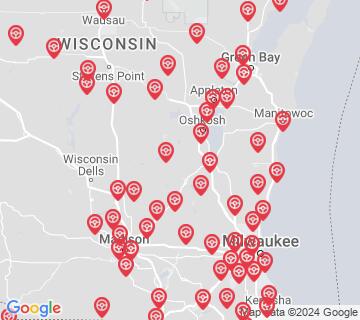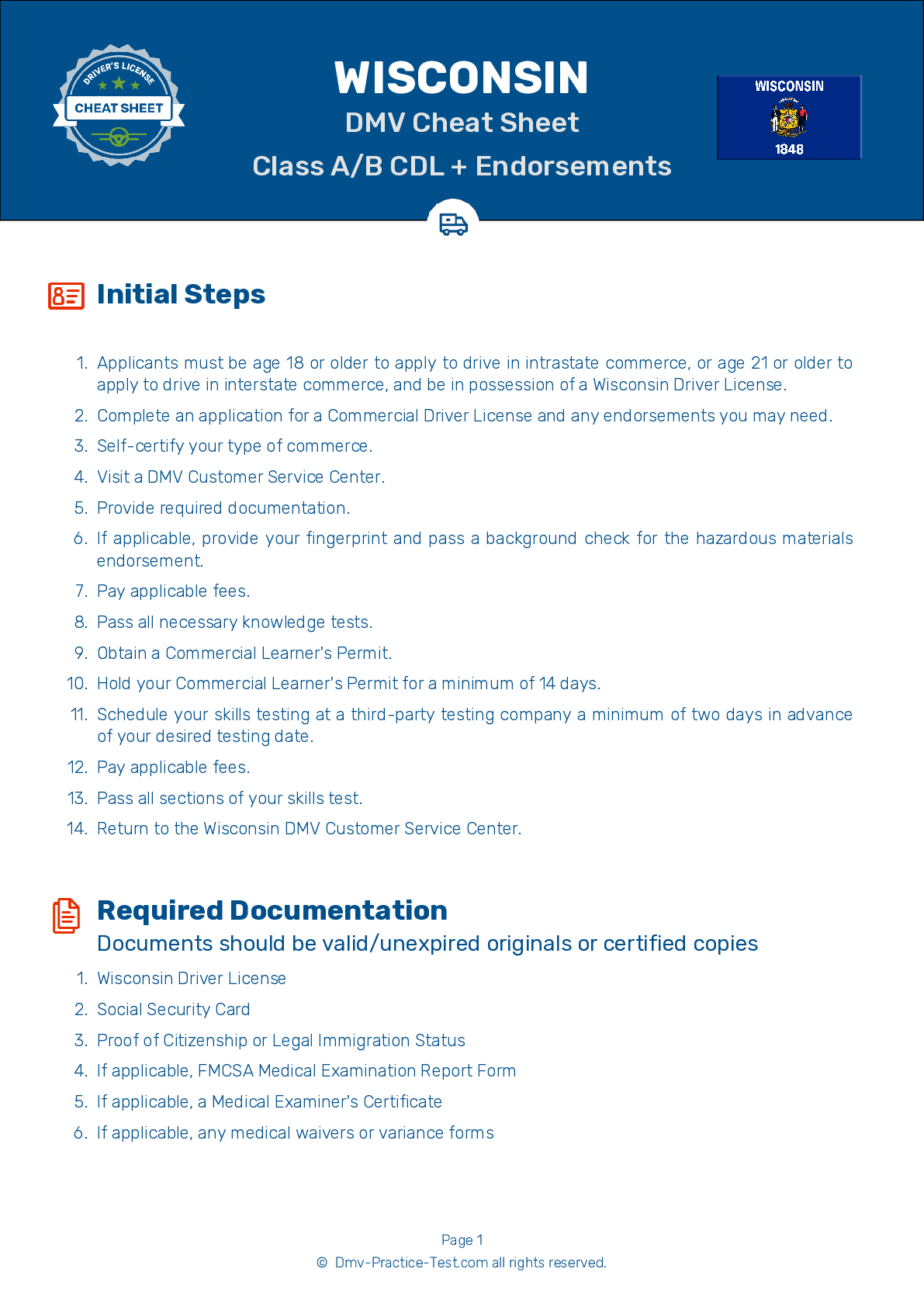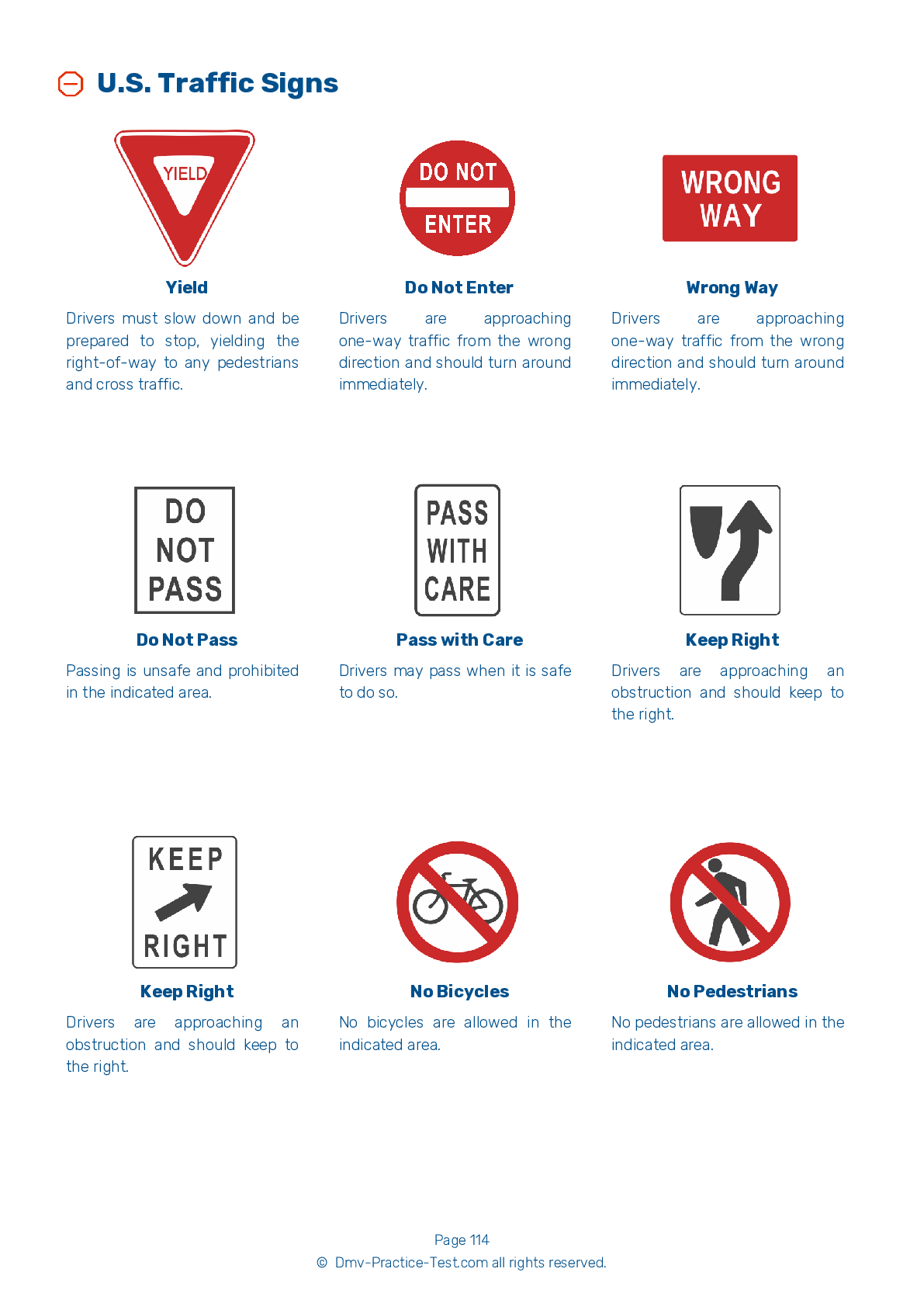Bus #1
Bus Driver Testing | Wisconsin 2025 #1 Page 3 of 3
Train for FREE online with our WI bus CDL test. The official exam test consists of several obligatory parts, with all of them checking your knowledge of different blocks of road rules. If you need to obtain a license in Wisconsin in 2025, learn how to become a bus driver and then practice as much as possible. Free sample tests published on our website will help you check and improve your knowledge and boost your grades. Please bear in mind that DMV requirements for a bus driver may vary from state to state.
20
16
20
15 . Students loading and unloading a bus:
More students are killed each year during loading or unloading of school buses than while riding on school buses. Therefore, it is critical that school bus drivers follow appropriate safety procedures during loading and unloading. This process should never take place without being properly supervised.
16 . If a student drops an item near a stopped bus, they should:
Have another student pick it up.
It is dangerous for students to retrieve dropped items because doing so could cause them to disappear from the driver's view at a crucial moment. If an item is dropped, the student should get out of the bus's danger zones, get the attention of the driver, and ask the driver to retrieve the item.
17 . If your bus's Anti-Lock Braking System (ABS) stops working:
You should not brake.
If its Anti-Lock Braking System (ABS) is not working, a vehicle will still retain its normal braking power. The driver should continue to drive and brake in a normal fashion.
18 . If equipped with flashing lights, how far in advance of a school bus stop should the bus's lights be activated?
At least 1,000 feet




